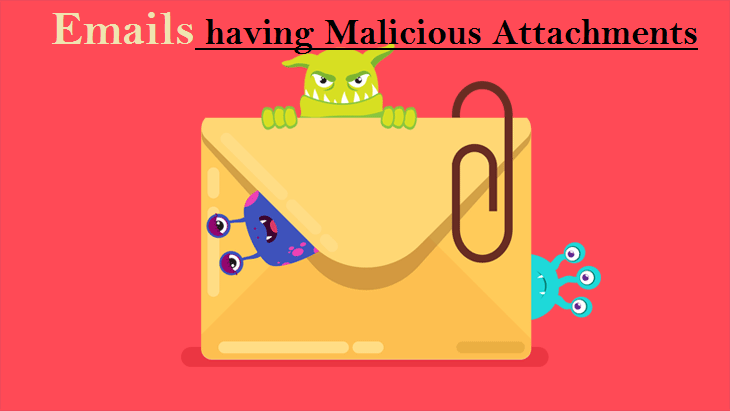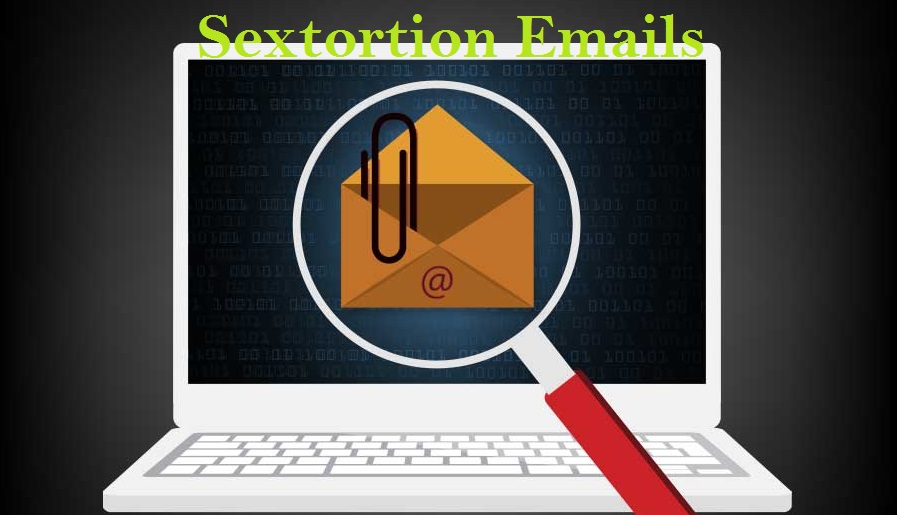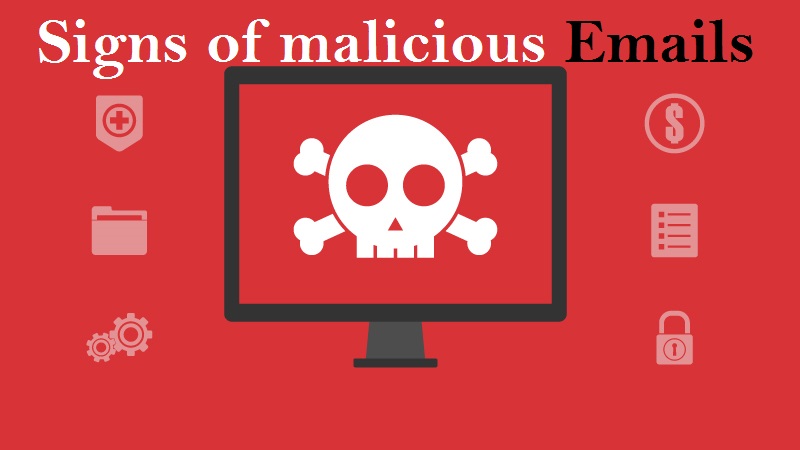Beware: Operating System Was Compromised Under My Direction email scam Exposed
Operating System Was Compromised Under My Direction email scam Outline
A deceitful email, claiming that the recipient’s “Operating System Was Compromised Under My Direction,” has been identified as spam. This email is part of a sextortion scam aiming to manipulate recipients into paying a ransom to prevent the alleged release of compromising footage and personal data.
The fraudulent email falsely asserts that the recipient’s device has been compromised, with the sender claiming to have recorded explicit video footage via the device’s camera during the recipient’s visit to adult-oriented websites. The threat is that this edited footage will be distributed to the recipient’s email, social media, and other personal channels unless a ransom of 1400 USD in Bitcoin is paid.
It’s crucial to emphasize that all claims made in this email are entirely false. The recipient’s devices have not been infected, and the sender possesses no compromising content. Therefore, paying the demanded ransom is unnecessary.
Additionally, victims should be aware that cryptocurrency transactions, such as the demanded Bitcoin payment, are practically untraceable and irreversible. Once paid, victims cannot retrieve their funds. To protect against such scams, recipients are advised to disregard the email, refrain from making any payments, and utilize cybersecurity measures to ensure the safety of their devices and personal information. Stay vigilant and skeptical of unsolicited emails to avoid falling victim to such deceptive schemes.
Message in the Spam Letter:
Subject: Access to your “-” device was obtained on 2/13/2024 2:49:54 PM..
Hey. I regret to inform you that I have some rather somber news.
2/13/2024 2:49:54 PM
– It’s crucial for you to understand that today, your device’s operating system was compromised under my direction, giving me full access to your account. Your activities have been under my close surveillance for a protracted period.
Your system’s security has been overridden by a virus, placing your devices, including the display and camera, under my control. All your online and offline data is now accessible to me.
Intriguing thoughts flooded my mind about the applications of this data…I’ve recently hit upon a novel concept: harnessing the power of AI to create a split-screen video. One side displays you partaking in masturbate , while the other captures your online activities. This kind of video format is currently in high demand!
What came out of it all was beyond my wildest dreams.
It’s just a matter of one click before this video could be shared with your network via email, social media, and instant messaging. Access to your email and messenger services could also be compromised.
Should you prefer that I refrain, transfer 1400$ (USD) in my crypto wallet.
BTC wallet address-
bc1qdquclgx52l2lz0sw8jczee9znq52pnur6wafky
If you’re uncertain about how to add funds to your Bitcoin wallet, consider using Google. It’s a straightforward process.
Once the funds have been received, I will immediately remove all unwanted material. Afterward, we can part ways. I assure you that I am committed to deactivating and removing all malware from your devices. You can trust me; I always stand by my word. This is a fair deal, especially considering the time and effort I’ve invested in tracking your profile and traffic.
You have exactly two days (48 hours) from the time this letter is opened to make the payment.
After this period, if I do not receive the specified amount from you, I will send everyone access to your accounts and visited sites, personal data, and edited videos without warning.
Remember.I do not make mistakes, I do not advise you to joke with me, I have many opportunities.
There’s no point complaining about me because they can’t find me. Formatting the drive or destroying the device won’t help because I already have your data.
Writing back is of no use, as I don’t use a traceable email, and any responses will go unread.
Best of luck, and don’t take it too personally!
P.S. I’d suggest for your future online endeavors, always stick to internet safety rules and avoid the murky areas of the web.
In terms of email-based cyber threats, what are the different types of malicious emails?
Emails having Malicious Attachments

Email spam containing malicious attachments is a commonly employed method by cybercriminals to compromise users’ computers with malware. Malicious attachments often harbor trojans that possess the ability to pilfer sensitive data such as banking details, passwords, and other confidential information.
The primary objective of cybercriminals in these attacks is to deceive their potential victims into accessing a compromised email attachment. They commonly employ email messages that discuss recently obtained invoices, faxes, or voice messages to accomplish this aim.
If an unsuspecting individual succumbs to the trap and opens the attachment, their computer becomes infected, allowing cybercriminals to gather a substantial amount of confidential data.
Although it is a more intricate technique to pilfer personal data (as spam filters and antivirus programs typically identify such endeavors), if cybercriminals achieve success, they can access a broader spectrum of information and continue accumulating data over an extended duration.
Phishing Emails

Typically, cybercriminals employ deceitful emails to deceive individuals on the internet into divulging their confidential personal information, such as login credentials for diverse online platforms, email accounts, or online banking details.
These types of attacks are commonly known as phishing. In a phishing attack, cybercriminals typically send an email that mimics the branding of popular services like Microsoft, Amazon, DHL, or Netflix. They craft messages with a sense of urgency, such as incorrect shipping details or expired passwords, and include a hyperlink, hoping to entice unsuspecting recipients into clicking on it.
Upon clicking the provided link in these email messages, victims are redirected to a counterfeit website that closely resembles the legitimate one. In this deceptive environment, victims are prompted to enter their password, credit card information, or other sensitive data, which is subsequently harvested by cybercriminals for malicious purposes.
Spam Emails

Spam emails are unsolicited, bulk messages sent to a large number of recipients simultaneously. They often contain unwanted advertisements, scams, or fraudulent offers. The primary purpose of spam emails is to promote products, services, or websites, sometimes of dubious nature.
These emails can be sent by individuals or automated bots, and they often target a wide range of recipients without their consent. Spam emails can clog up inboxes, consume storage space, and pose risks such as phishing attempts or malware distribution.
Sextortion Emails

This type of email is a form of phishing known as a “sextortion scam.” It preys on individuals’ fears and attempts to blackmail them into paying a ransom. The scam email falsely claims that a cybercriminal has gained unauthorized access to the victim’s webcam and possesses a compromising video recording of them engaging in explicit activities.
The scammers leverage the potential embarrassment and shame associated with such content to coerce the victim into paying a ransom, often in the form of cryptocurrency, to prevent the release of the alleged video. However, it is crucial to understand that these claims are entirely false and fabricated.
What are some indicators or signs that can help identify a malicious email?

To spot a malicious email you can look for the following indicators:
Suspicious Sender: Check the sender’s email address and verify if it matches the official contact information of the organization or person they claim to represent. Be cautious of email addresses that contain misspellings, random numbers, or unfamiliar domain names.
- Poorly Written Content: Pay attention to grammar and spelling mistakes, unusual language, or poor formatting. Legitimate organizations usually maintain professional communication standards.
- Urgent or Threatening Language: Beware of emails that create a sense of urgency, pressure you to take immediate action, or threaten negative consequences if you don’t comply. Scammers often use fear or time-sensitive situations to manipulate victims.
- Suspicious Attachments or Links: Be careful of email attachments or links, especially from unknown or unexpected sources. Don’t open attachments or click on links unless you are confident about their legitimacy. Hover over links to see the actual URL before clicking.
- Requests for Personal Information: Legitimate organizations typically don’t request sensitive information, such as passwords, Social Security numbers, or credit card details, via email. Avoid providing personal data unless you are certain of the email’s authenticity.
- Unusual Requests or Offers: Be wary of emails offering unexpected rewards, prizes, or financial opportunities. If something seems too good to be true or doesn’t align with your normal interactions, it could be a sign of a scam.
- Suspicious Email Design: Poorly designed or visually inconsistent emails may indicate a scam. Watch for generic greetings, mismatched logos, or distorted images.
If you have doubts about an email’s legitimacy, it’s best to err on the side of caution. Avoid clicking on links or downloading attachments, and consider contacting the sender through a verified channel to verify the email’s authenticity.
What actions can be taken if you have fallen for an email scam?

Below are the steps you should take if you’ve fallen prey to the Operating System Was Compromised Under My Direction email scam.
- If you have mistakenly provided your credit card information after clicking on a link in a phishing email, it is crucial to immediately contact your bank and inform them about the situation. It is highly likely that you will need to take steps to cancel the compromised credit card and request a replacement for enhanced security.
- If you have inadvertently provided your password after falling for an email scam, it is essential to promptly change your password. Typically, cybercriminals gather stolen login details and sell them to other malicious groups for potential exploitation. By changing your password immediately, you reduce the likelihood of criminals having sufficient time to cause harm or unauthorized access to your accounts and information.
- If you notice any indications of identity theft, it is important to promptly reach out to the Federal Trade Commission (FTC). The FTC will gather information about your situation and develop a personalized recovery strategy.
- Assist in safeguarding fellow internet users by reporting phishing emails to organizations such as the National Fraud Information Center, Anti-Phishing Working Group, FBI’s Internet Crime Complaint Center, and the U.S. Department of Justice.
- If you have inadvertently opened a malicious attachment, it is likely that your computer has been compromised. To address this, it is advised to conduct a thorough scan of your system using a reliable antivirus software. We suggest utilizing SpyHunter 5 for Windows to help mitigate any potential threats.
⇓⇓Download Spyhunter 5 Free Scanner⇓⇓
Do make sure to read SpyHunter’s EULA and Privacy Policy. Spyhunter free scanner downloaded just scans and detect present threats from computers and can remove them as well once, however it requires you to wait for next 48 hours. If you intend to remove detected threats instantly, then you will have to buy its licenses version that will activate the software fully.
Frequently Asked Questions
Why was I included in the distribution of this email?
Phishing emails are often disseminated by threat actors through extensive campaigns, leading to thousands of recipients receiving comparable messages.
If I have viewed a spam email but refrained from opening the attachment, is there a possibility that my computer has been infected with malware?
Simply opening or reading an email does not pose a direct risk of malware infection. The actual threat arises when you interact with malicious attachments or links contained within the email, triggering potential malware download or installation processes.
If I downloaded and opened a file from a spam email, does that mean my computer is infected?
If the file you opened from a spam email was an executable file (.exe, .run, etc.), there is a high chance that your computer may be infected. However, if the file was a document format (.doc, .xls, .one, .pdf, etc.), the risk of infection may be lower as these formats usually require additional actions to initiate the download or installation of malware, such as enabling macros or clicking on embedded content.
If I have unknowingly shared my personal information in response to a deceptive spam email, what steps should I take to mitigate the potential risks?
If you have mistakenly shared your login credentials, it is crucial to change the passwords for all affected accounts promptly. Additionally, if sensitive personal information like identification documents or credit card details were disclosed, it is important to promptly notify the relevant authorities or organizations responsible for handling such incidents.
Is SpyHunter 5 capable of detecting and eliminating malware infections that may be present in email attachments?
SpyHunter 5 is powerful security software that is specifically designed to scan devices and effectively remove various types of malware infections. With its comprehensive scanning capabilities, it can detect and eliminate most known malware threats, including those that may be present in email attachments and pop-up notifications. Running a thorough system scan is crucial to ensure that all potential threats are identified and removed from your device.



